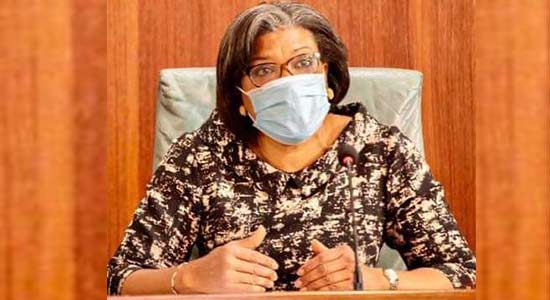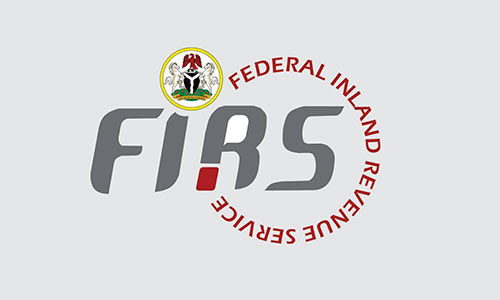SECTOR INSIGHT 28/09/2022
2022 Borrowing Plan Increased by N1trn to Meet Fuel Subsidy Cost – DMO

The Debt Management Office (DMO) has explained that the federal government’s borrowing plan increased by N1 trillion this year to meet subsidy on petroleum motor spirit (PMS), otherwise known as fuel.
The DMO Director General, Ms. Patience Oniha, who disclosed this in Abuja yesterday, in a presentation at the Executive Course on Budgeting and Fiscal Transparency at the Army Resource Centre, said the borrowing plan for 2022 was jacked up by N1 trillion to enable the government accommodate the extra-cost of petrol subsidy.
Oniha whose presentation dwelt on ‘Debt Sustainability Challenges and Strategic Revenue Mobilisation Initiative’ maintained that Nigeria’s debt was within acceptable and sustainable limits despite the current public debt stock of $42.8 billion.
According to her, the federal government had to resort to borrowing to fund the budget due to revenue challenges, explaining that the government was deploying World Bank and International Monetary Fund (IMF) tools to ensure the sustainability of Nigeria’s public debt.
She said, “These tools include an annual Debt Sustainability Analysis (DSA) and a Medium Term Debt Management Strategy (MTDS) every four years.
“Maturities in the Public Debt Portfolio are well spread to avoid bunching of maturities and to ease repayments of maturing obligations.
“The domestic debt portfolio has securities with tenors ranging from 91 days to 30 years, while the external debt portfolio has securities ranging between five years to 30 years.”
Oniha stressed that in spite of criticisms trailing the federal government’s borrowings, Nigeria’s debt to GDP ratio remains among the lowest in the world, arguing that while Nigeria’s current debt to GDP ratio was 23.06 per cent, countries like Angola (136.54 per cent), South Africa (69.45 per cent), Ghana (78.92 per cent), United States (133.92 per cent) and United Kingdom (104.47 per cent) have higher ratios.
However, Oniha pointed out that rising levels of public debts were not peculiar to Nigeria, as governments were increasing their borrowings to meet with economic and social challenges triggered by the Covid-19 pandemic and the Russia-Ukraine war.
She stated: “Governments across the world borrow. Globally, debt levels are growing, but it is not a new trend. Debt levels were already rising prior to Covid-19 crisis when compared to 2014.
“Globally, sovereign debt grew from 49 percent of GDP in 2014 to 57.9 percent in 2019 and in sub-Saharan Africa, from 35 percent of GDP in 2014 to 55 percent in 2019.
“In Nigeria, this ratio rose from 13 percent in 2014 to 19 percent in 2019,” even as she explained that the government was not just borrowing for borrowing sake.
According to her, the loans would enable the government to finance critical infrastructure with multiplier benefits, including ob creation, movement of persons and goods and overall GDP growth.
Reaffirming that the country was facing a revenue crisis, Oniha stated that it had become imperative for the government at all levels to pay more attention on how to increase revenue generation as a means of reducing borrowing.
Nigeria, she added, was performing poorly in terms of revenue, noting that the country had a far lower revenue record than it could generate.
However, she stated that the federal government had taken a number of measures to grow revenue, while urging citizens and corporate bodies to meet tax obligations in order to make funds available for the government to finance the much-needed infrastructural facilities across the country.
Oniha also stated that the issuance of federal government securities had several benefits for both the citizens and corporate organisations.
These include being safe investment opportunities with regular returns and being the vehicle for mobilising large pools of funds from domestic and international sources for investments in capital projects



